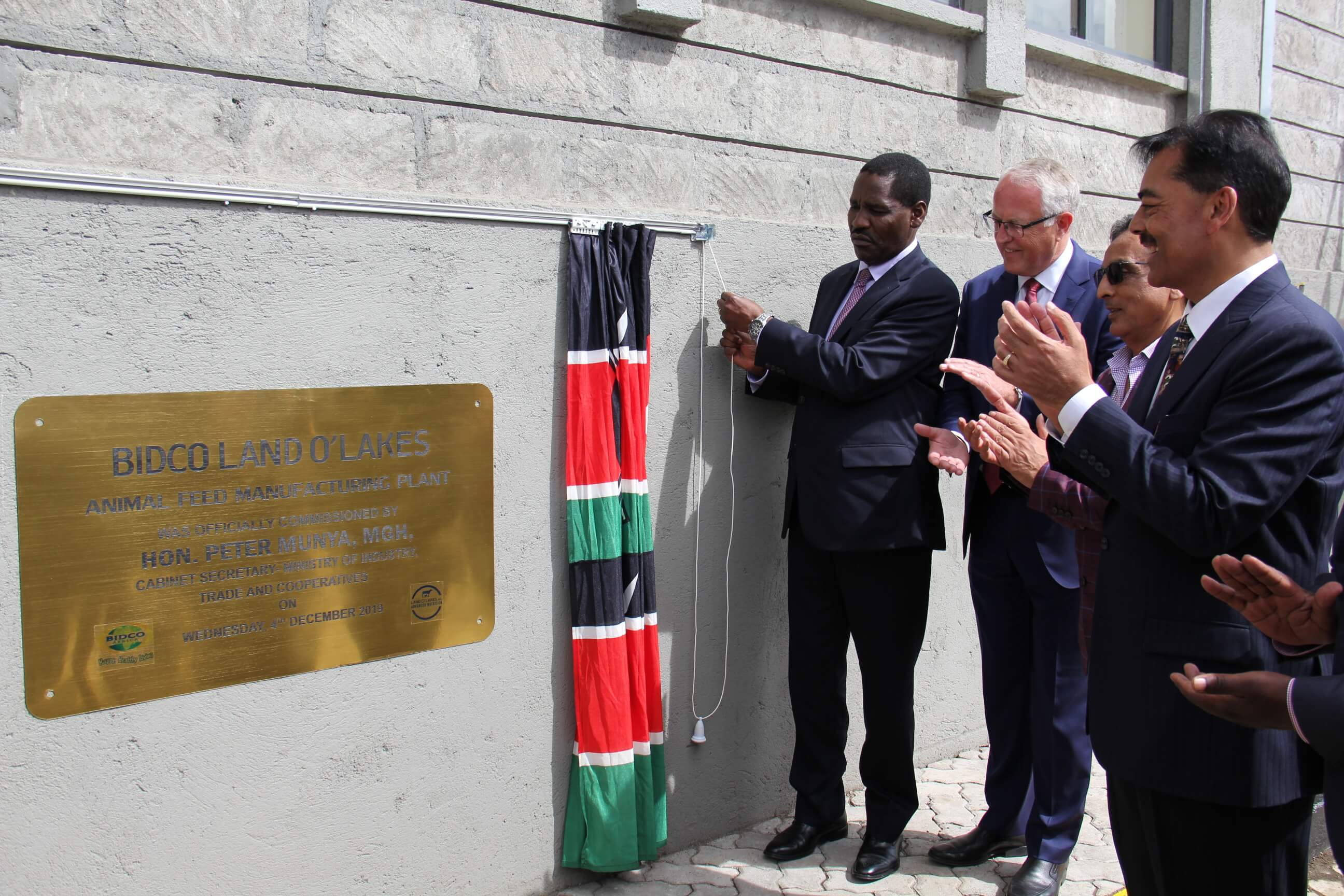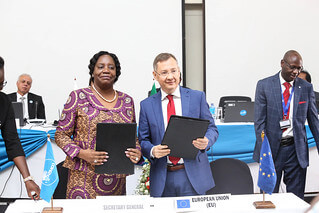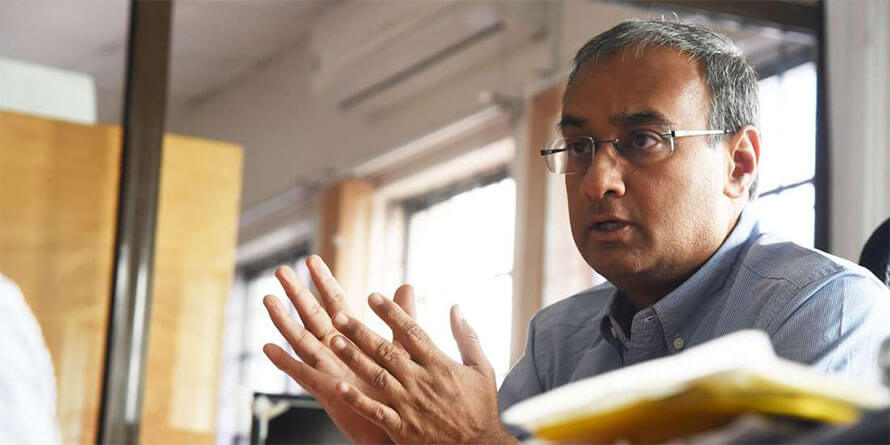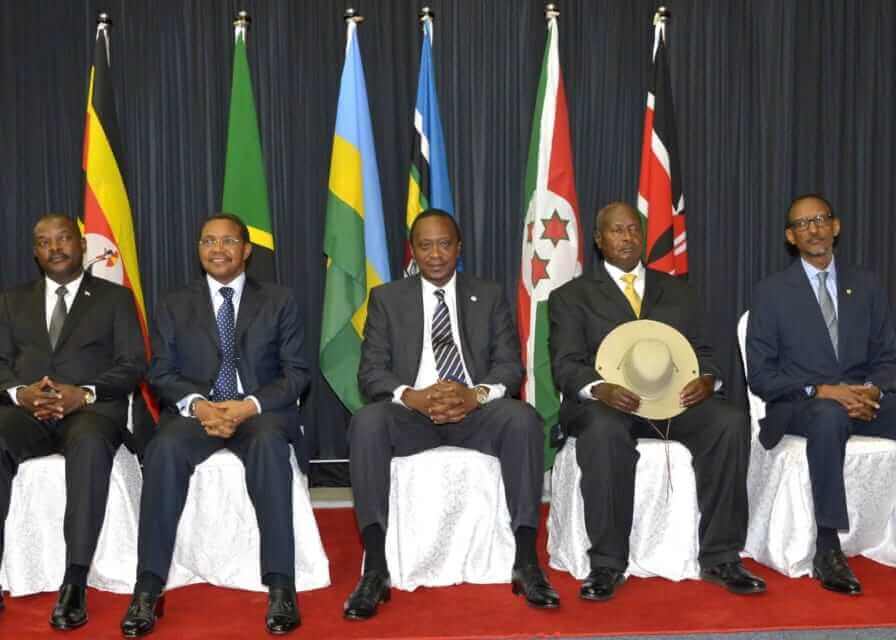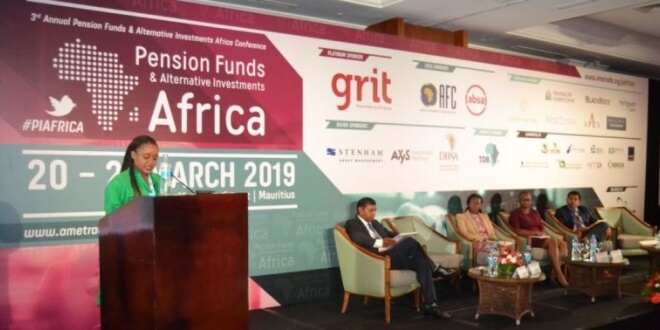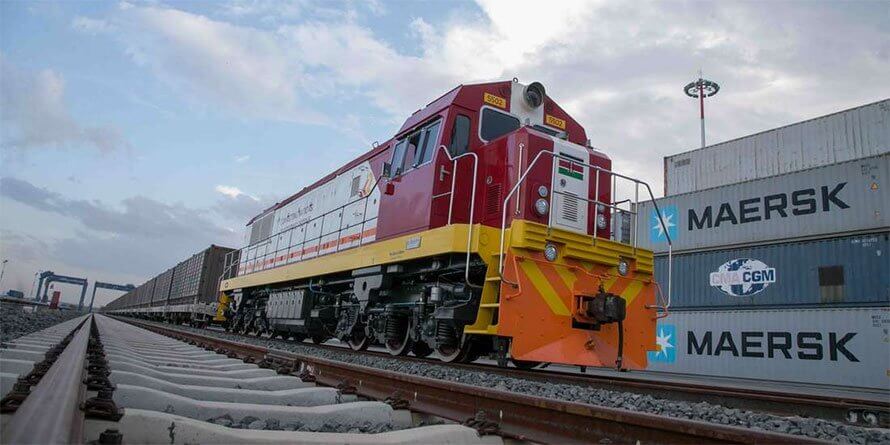Kenya is negotiating with 44 African states for a new Free Trade Area for its agricultural and industrial products targeting a market of one billion people, Trade, Industrialization and Cooperatives Cabinet Secretary Peter Munya has revealed. Munya said he was optimistic that all the target countries will assent to the Free Trade Area Treaty by July 2020 which will enable trade and other commercial activities to kick off among member states signatories to the agreement. At the same time, the Cabinet Secretary further stated that Kenya had entered into a new trade agreement with the United States of America (USA) where the two countries’ bilateral engagements had been upgraded to strategic status. Speaking in Nakuru when he presided over the inauguration of a Sh1.2 billion ultra-modern animal feeds manufacturing plant owned by consumer goods producer BIDCO Africa Group, Munya said favourable trade agreements within the East African Community (EAC) had exposed Kenya’s products to a market of 150 million people. “The new flow of local and foreign investments into the manufacturing sector in Nakuru is a blessing to both the region and Kenya as industrialization is the driving force for any economy. We need to create reliable regional and international markets for our goods and services if the economy is to grow,” he said. “No country has grown without industrialization, and no Industrialization is sustainable without reliable markets. Our negotiating teams have also ensured that our products easily access the Common Market for Eastern and Southern Africa (COMESA) without unnecessary...
Kenya negotiates with 44 African states for new Free Trade Area
Posted on: December 9, 2019
Posted on: December 9, 2019

